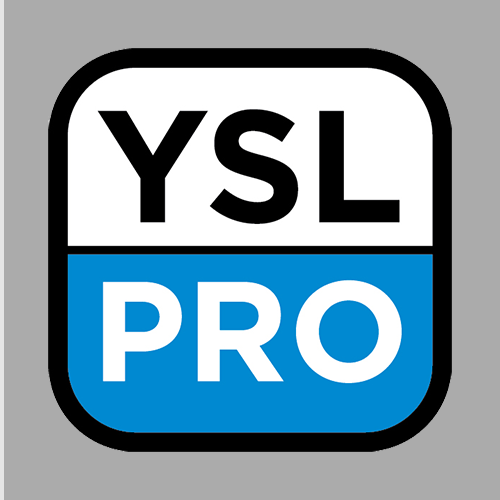 The Cinema Audio Society talks about CEDAR noise suppression on set
The Cinema Audio Society talks about CEDAR noise suppression on set
On-set noise reduction has been a contentious issue ever since CEDAR DNS1000 and DNS1500 dialogue noise suppressors first started to migrate from post-production onto movie sets and TV soundstages. We have always championed the delivery of unprocessed audio alongside processed audio whenever possible, but we are also aware that on-set processing can be a boon if done well, particularly when there is little or no budget for post-production.
For the latest edition of the CAS Quarterly (the magazine of the Cinema Audio Society) Adam Howell asked a selection of highly-regarded production mixers for their views regarding this. We were fascinated by their responses, especially in respect of their CEDAR equipment.
“I really like the DNS 8D“, said Chris Munro, whom we first met on the set of John Carter Of Mars. “Firstly, because it allows me to have a kind of hybrid of the DNS1500 and DNS 2 and gives a lot of manual control if you want to use that mode. It also allows me to connect by Dante, which is very important for me. Most important is that it has eight separate channels of noise reduction that I can assign to each input rather than processing a mix.”
Whit Norris described on-set noise reduction as “A tool for the production mixer and picture editorial.” He explained, “I generally work with the CEDAR DNS 2. The last track on my count is labelled Processed. This is the mix track that has been processed through the DNS 2. This is what I consider Bonus Points for the picture department. Many times, the picture department does not have the tools to clean up tracks and will be working with a rough cut for a long time before it goes to sound editing. The CEDAR also allows me to see what can be cleaned up with very little work. The unprocessed mix track is still on track one. The DNS 2 is helpful for drone shots, special effects, and challenging locations for recording clear dialogue.”
Daniel McCoy reinforced these ideas. He said, “In today’s run-and-gun environments on-set noise reduction should be a prerequisite. I love being able to optimize my mix track that I’m printing on SD card and transmitting to the cameras with noise reduction as I see fit in the moment, while preserving the ISO tracks for post to make their decisions on later.”
No doubt the discussion of the pros and cons of on-set processing versus post-production will continue for some time to come, but we would like to thank these and the other production mixers who contributed to the article and, of course, the Cinema Audio Society for discussing this topic.
Links:


